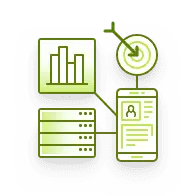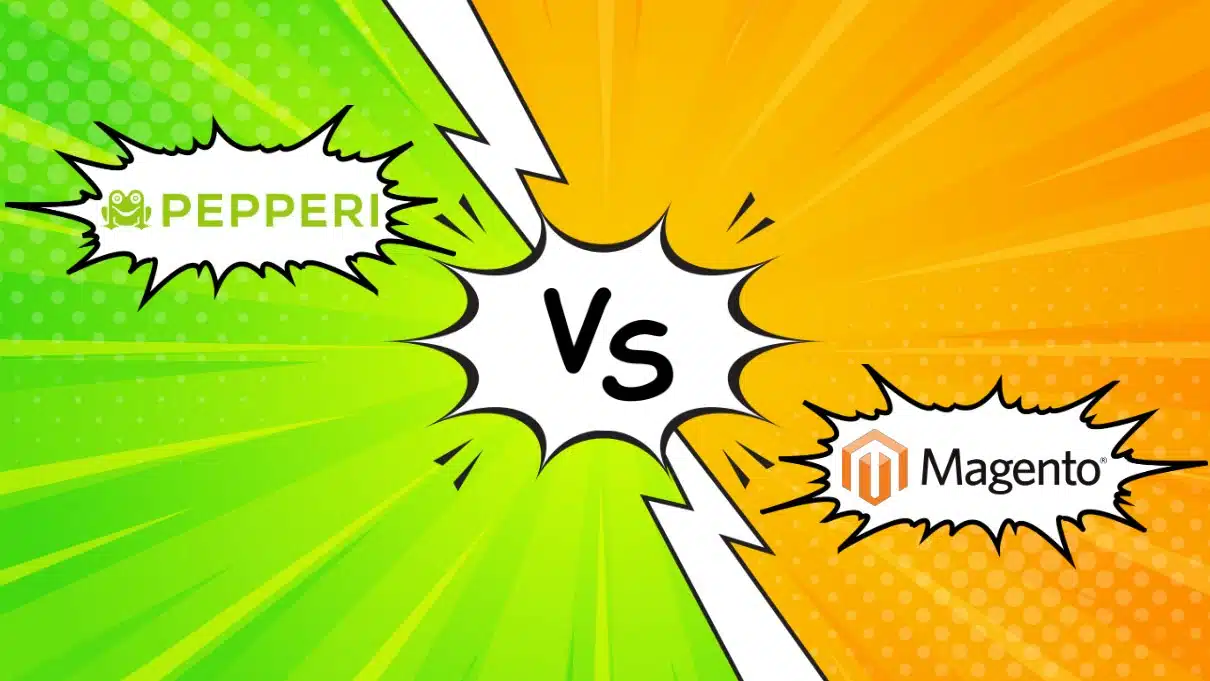10 B2B eCommerce Trends
September 15, 2019 By Stacey Woods

Wholesalers and distributors have typically treated e-Commerce as something of an afterthought. This is no longer the case. B2B eCommerce trends can benefit a business in many ways. B2B sales are resolutely moving from the phone line to online, with sellers realizing that e-Commerce can streamline and automate their sales processes, cut down on costs, reduce order errors, and free up personnel to work on more strategic issues. And, of course, by eliminating the 9-5 barrier, customers can order around the clock. Together, this all leads to higher margins.
Here are ten B2B e-Commerce trends…
1. Quicker implementation and integration
It now only takes a few weeks to implement a B2B eCommerce platform as opposed to months. This time-frame includes integrating to other related internal systems such as the company’s ERP and sales solution, which enables the customer to view their past purchases and payments and access real-time inventory levels to avoid back-orders, as well as place and track sales orders. Quick incremental cycles of new functionality can typically be released every 4-8 weeks.
2. Mobile commerce is blasting off
Mobile commerce is an area in which B2B has lagged behind B2C – until now. Motivated by the need to make their service as efficient and convenient as possible for customers, wholesalers are finally focusing on mobile as a critical channel. The advantages of mobile are clear, especially for businesses that need to make orders on the road. With most B2B buyers researching products and services on their mobile devices, making use of this B2B eCommerce trend provides critical and seamless touch-points during the procurement process, from initial information gathering to purchasing and beyond.
3. Continued improvement in the customer experience
B2C consumers have become used to intuitive navigation and user-centric web store design and now expect the same experience from their B2B suppliers’ website. They want guidance on merchandising; detailed but easy to read product descriptions; rich content including high-res visuals, audio and video; a fully functional shopping cart; and customer-specific pricing. They also demand a highly efficient onsite search mechanism so they make the fewest clicks possible to zero in on and purchase the products they are looking for.
4. Making B2B e-commerce work with (not against) sales reps
As the online shopping experience becomes increasingly self-managed on the buyer’s end, there are fewer face-to-face touch-points. Freed up from repetitive administrative tasks, sales reps are becoming consultative sellers, advising customers on how to drive better business outcomes, giving them the opportunity to have a greater impact on the company. With a B2B transaction often one or more steps removed from the actual end-user of the product, there are usually several stakeholders within the buyer’s organization. Sales reps play a key role in countering objections among those stakeholders and convincing them of the benefits customers will see from your product. This means finding the right place in the customer journey for the sales rep to step in to provide a quote, up-sell, cross-sell, and ultimately close the deal. Whether it’s called sales or marketing, sales reps continue to add value in the B2B sphere by providing that irreplaceable human connection.
5. Coming of age of the fully configurable B2B e-Commerce platform
B2B sales are typically more complex than B2C transactions. Pricing schemes, volume discounts, multiple languages, complex product specs, customized implementations and different configurations all mean a lot more steps are involved. There is no eCommerce template that fits all B2B companies. Some wholesalers and distributors sell complex products online, while others choose to sell only parts or maintenance products on their website. Some use their B2B eCommerce channel only to take in new orders from existing customers, while others target everyone with all their products. In order to be able to easily adapt to ever-changing business needs, B2B firms are switching from bespoke, or custom-made platforms to open-source systems with out-of-the-box functionality that are easy to configure and update.
6. B2B eCommerce site as a sales support platform
A B2B eCommerce site may increase phone calls from customers that prefer to interact with a live sales person. It is not unusual for returning customers to order from the site while the sales team remains responsible for landing deals with new customers. Professional sales staff with deep knowledge of products and customers continue to be valuable for contacting current and prospective companies in order, for instance, to promote the online platform by offering a discount for using it.
7. Bigger focus on global markets
Beyond concentrating on their existing customer base, businesses are reaching out more to millions of potential international buyers. This entails offering their products in local currencies at prices the local market can support, providing the option to use preferred local payment methods, and ensuring that the entire customer experience complies with local regulations concerning issues such as taxation, privacy and security.
8. Helping customers get on the right track
Some B2B e-Commerce sites are offering customers different tracks for their individual purchase path: for example, a “fast track” for repeat and bulk purchases; a “standard” track, combining online and person-to-person for standard purchases; and an “advanced” track for more complex, customized solutions, sometimes featuring a product configurator or something similar to initiate the interaction and demonstrate the possibilities—and to generate leads.
9. Increase in multi-channel marketing
To ensure that buyers see their messages on the platforms they use the most, wholesalers and distributors are increasingly engaging customers at different touch-points. This is in line with a recent report by Forrester which says that omni-channel B2B buyers generate more incremental revenue and cost less to serve than single-channel customers. As customer expectations rise, B2B buyers are demanding a full spectrum of self-service, full-service, and hybrid purchase options.
10. B2B eCommerce to outpace B2C within three years
Wholesale eCommerce and eCommerce in general has eliminated the need to visit a store or speak to a sales person only when the business is open. It is a way to increase sales, customer satisfaction and loyalty, while finding new markets and serving customers easily and efficiently. The exact same benefits extend to B2B eCommerce, but its impact on the economy will be that much more substantial because the flow of B2B products around the world far surpasses that of B2C sales.
Learn about B2B e-commerce solutions


























